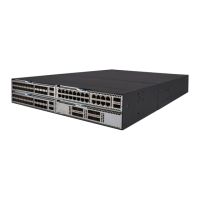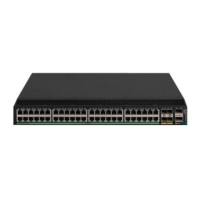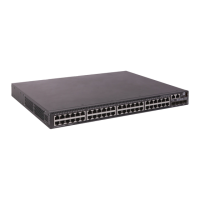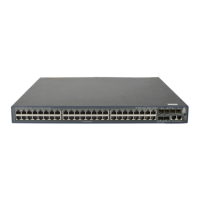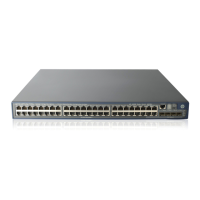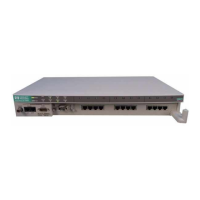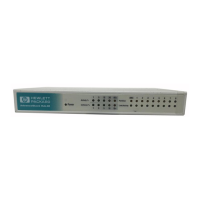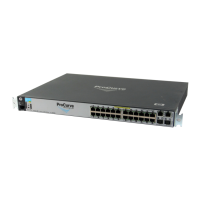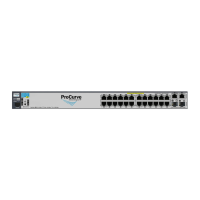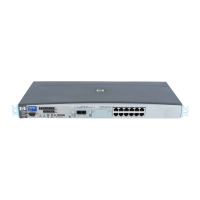445
4. Enable strict LSA
checking.
graceful-restart helper
By default, strict LSA checking is
disabled.
Triggering OSPFv3 GR
OSPFv3 GR is triggered by an active/standby switchover or when the following command is
executed.
To trigger OSPFv3 GR, perform the following command in user view:
Trigger OSPFv3 GR.
reset ospfv3
[ process-id ]
process graceful-restart
Configuring OSPFv3 NSR
Nonstop routing (NSR) backs up OSPFv3 link state information from the active process to the
standby process. After an active/standby switchover, NSR can complete link state recovery and
route regeneration without tearing down adjacencies or impacting forwarding services.
NSR does not require the cooperation of neighboring devices to recover routing information, and it is
typically used more often than GR.
A device that has OSPFv3 NSR enabled cannot act as GR restarter.
To enable OSPFv3 NSR:
1. Enter system view.
system-view
N/A
2. Enter OSPFv3 view.
ospfv3
[ process-id |
vpn-instance
vpn-instance-name ] *
N/A
3. Enable OSPFv3 NSR.
non-stop-routing
By default, OSPFv3 NSR is
disabled.
This command takes effect only for
the current process. As a best
practice, enable OSPFv3 NSR for
each process if multiple OSPFv3
processes exist.
Configuring BFD for OSPFv3
Bidirectional forwarding detection (BFD) provides a mechanism to quickly detect the connectivity of
links between OSPFv3 neighbors, improving the convergence speed of OSPFv3. For more
information about BFD, see High Availability Configuration Guide.
After discovering neighbors by sending hello packets, OSPFv3 notifies BFD of the neighbor
addresses, and BFD uses these addresses to establish sessions. Before a BFD session is
established, it is in the down state. In this state, BFD control packets are sent at an interval of no less
than 1 second to reduce BFD control packet traffic. After the BFD session is established, BFD control
packets are sent at the negotiated interval, thereby implementing fast fault detection.
